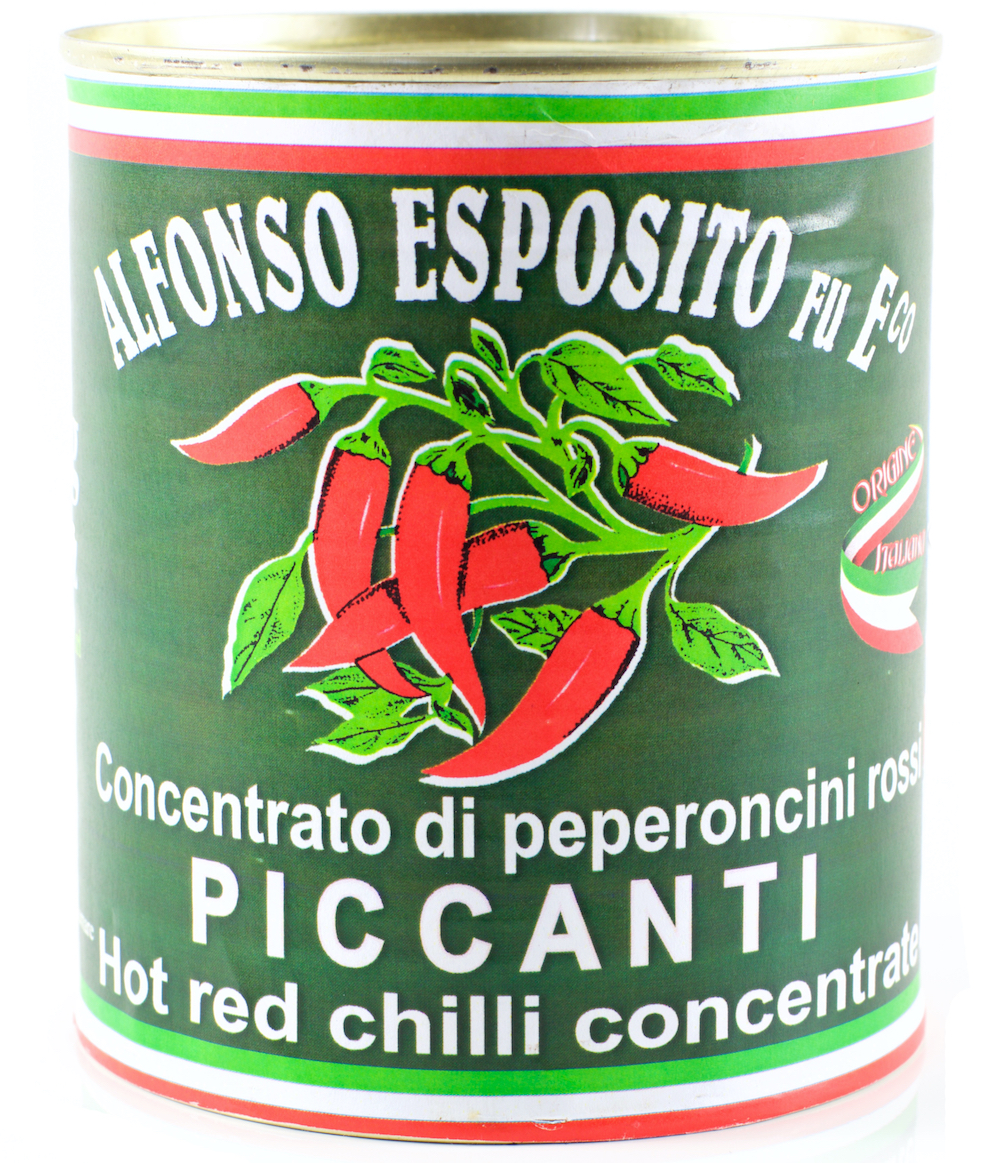Sorry that I don't have a full set of facts on this issue to present... Lots and lots of distractions over the past 8 months have slowed down my newest hobby of sausage making. To that end, I had produced a few 50 pound batches almost a year ago that I put up in a modified cabinet that seemed to check out fine.
Over the time, I would occasionally check the temp and humidity level and it had no issues. Just yesterday I finally pulled out two batches that had been in there for plenty of time. No black or green mold , only a nice white coating of the mold 600 still visible. I cut the thicker beef bung 4" casings off and discarded them.
The sausage's (all of them) feel spongy and not firm like my previous batches. They also feel like they have a higher moisture content especially on the outside. Like I said, these have been in the cabinet for almost a year at this point. I hate that I didn't weigh them yesterday and already have removed the tags. I'm not sure that data would mean anything anyways after such a long curing time.
Has this happened to anyone else? Any thoughts? I think some of these were Calabrian pepper and I used canned sauce for the pepper addition so perhaps too wet of a mix perhaps? I don't remember it being that way but just guessing. They don't look that appetizing.


Over the time, I would occasionally check the temp and humidity level and it had no issues. Just yesterday I finally pulled out two batches that had been in there for plenty of time. No black or green mold , only a nice white coating of the mold 600 still visible. I cut the thicker beef bung 4" casings off and discarded them.
The sausage's (all of them) feel spongy and not firm like my previous batches. They also feel like they have a higher moisture content especially on the outside. Like I said, these have been in the cabinet for almost a year at this point. I hate that I didn't weigh them yesterday and already have removed the tags. I'm not sure that data would mean anything anyways after such a long curing time.
Has this happened to anyone else? Any thoughts? I think some of these were Calabrian pepper and I used canned sauce for the pepper addition so perhaps too wet of a mix perhaps? I don't remember it being that way but just guessing. They don't look that appetizing.







